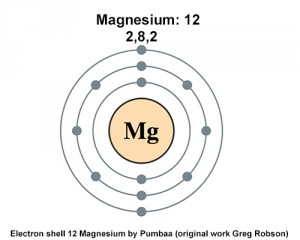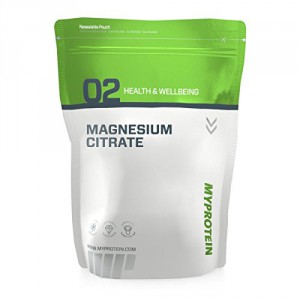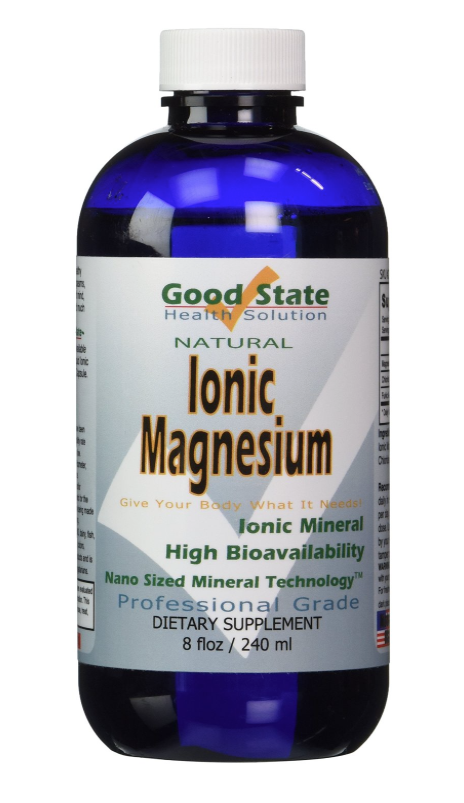Magnesium and Insomnia, magnesium for heart arrhythmia, magnesium and blood pressure…
There are different ways of taking Magnesium (Mg) supplements. It would be preferable to gain all the Mg we need from our food but with modern agriculture, this is not easy. With the incidence of pushing Calcium (Ca) and Ca fortification in many foods, it is very difficult to get a good balance of Ca and Mg in our diet. Ca is much more prevalent to the extent that it can be detrimental to our health. If too much is in our bodies without a balanced amount of Mg, Ca can migrate to parts of our body where it doesn’t belong, causing all kinds of problems. That being the case, Mg must be kept to a level where Ca can be controlled and ATP conversion (Adenosine Triphosphate), the ‘energy currency’ inside our mitochondria which keep us moving, can be produced efficiently. Out of all the problems that can be caused from a deficiency of Mg, the Mg/Ca balance must be the most important. It is this balance within our heart and blood vessels that keeps a healthy heart and clear arteries. Ca can be a loose cannon if Mg is not around to keep it under control.
Bioavailability of Magnesium

I’ll give below a list of all the main Mg compounds and their bioavailability, which is critical to the absorption of the mineral. The solubility of the Mg salt depicts how much elemental or ionic Mg can be released. These compounds have a ‘stability constant value’ (SCV) ranging from zero and upwards. Low SCV values means that the compound is soluble in water and easily detaches leaving the metal ionic form to be used by the body. Any SCV below 3 is considered to be soluble enough to be substantially ionized and therefore available for the body to use. I have given the amount of elemental Mg per gram (1000mg) of salt and the SCVs on those near or under 3.
Different Magnesium Salts/Compounds:
Dimaganesium Malate – 190mg of elemental Mg per 1 gram of salt
Magnesium Adipate – I don’t know of any supplements – do you?
Magnesium Aspartate – SCV 2.43 – Avoid – breaks down to aspartic acid which is neurotoxic
Magnesium Bicarbonate – used as antacids
Magnesium Carbonate – used as antacids
Magnesium Chloride – SCV zero – 120mg of elemental Mg per 1 gram of salt
Magnesium Citrate – SCV 2.8 – 150mg of elemental Mg per 1 gram of salt
Magnesium Gluconate – SCV 0.70 – 50mg of elemental Mg per 1 gram of salt – used in drips
Magnesium Glutamate – Avoid – breaks down to glutamic acid which is a neurotoxic
Magnesium Glycinate – SCV 3.45 – 100mg of elemental Mg per 1 gram of salt
Magnesium Lysinate – used as food additives
Magnesium Malate – SCV 1.55 – 150mg of elemental Mg per l gram of salt
Magnesium Orotate – 60mg of elemental Mg per 1 gram of salt
Magnesium Oxide – Only 4% bioavailable – 600mg of elemental Mg per 1 gram of salt
Magnesium Phosphate – laxatives and antacids
Magnesium Sulfate – Epsom Salts – Laxative – 100mg of elemental Mg per 1 gram of salt
Magnesium Taurate – 100mg of elemental Mg per 1 gram of salt
Magnesium Chloride and Magnesium Citrate, are the best compounds to take IMHO.  Why? Because of their bioavailability. By definition, when a medication is administered intravenously, its bioavailability is 100%. Mg in the Chloride form is also considered to be 100% bioavailable. Because of this, Mg Chloride largely does not go through the digestive system so there is less likelihood of a laxative affect. Mg Chloride can also be used topically if preferred. Soaking the feet or rubbing the solution onto the skin is another way of administering Mg. Oral Mg Chloride has a bitter salty taste and needs to be taken in water. If you want to disguise the taste completely, a little cordial (no aspartame please) does the job.
Why? Because of their bioavailability. By definition, when a medication is administered intravenously, its bioavailability is 100%. Mg in the Chloride form is also considered to be 100% bioavailable. Because of this, Mg Chloride largely does not go through the digestive system so there is less likelihood of a laxative affect. Mg Chloride can also be used topically if preferred. Soaking the feet or rubbing the solution onto the skin is another way of administering Mg. Oral Mg Chloride has a bitter salty taste and needs to be taken in water. If you want to disguise the taste completely, a little cordial (no aspartame please) does the job.
Another good supplement is Mega-Mag. This comes with a dropper and is easy to measure out in drops. It is a smaller bottle than the Ionic Magnesium ie 4oz with 30 doses but it is cheaper to buy.
With Magnesium Citrate, the bioavailability is slightly less but still it is a worthy supplement which can be helpful, particularly if there’s a problem with constipation, a common side-effect of Mg deficiency, especially in the elderly. It is a  gentle laxative with doses that can be easily controlled when using Mg Citrate powder. It is often found that Mg citrate tablets are rather chunky and some people often have trouble swallowing large tablets. This is why the powder is preferable and it is usually tasteless but is a little gritty. I myself, use a dose of Mg Citrate powder sprinkled on my food, plus 2-3 doses of Mg Chloride each day, depending on what I’ve eaten. As I mentioned earlier, Mg Citrate is a bit gritty and goes better in soups, porridge etc.. It will not readily dissolve in water so if put in liquid, it needs to be shaken or stirred regularly while you drink it.
gentle laxative with doses that can be easily controlled when using Mg Citrate powder. It is often found that Mg citrate tablets are rather chunky and some people often have trouble swallowing large tablets. This is why the powder is preferable and it is usually tasteless but is a little gritty. I myself, use a dose of Mg Citrate powder sprinkled on my food, plus 2-3 doses of Mg Chloride each day, depending on what I’ve eaten. As I mentioned earlier, Mg Citrate is a bit gritty and goes better in soups, porridge etc.. It will not readily dissolve in water so if put in liquid, it needs to be shaken or stirred regularly while you drink it.
Just a quick word about Magnesium Oxide. This is one of the cheapest forms of Magnesium and consequently it’s often used in supplements. Trouble is, it has a very high SCV so it is very poorly absorbed, with only 4% being available to the body. Although it has a high magnesium elemental level of 600mg per 1 gram of salt, this only equates to 24% bioavailability at most, for each gram of salt. Mg Oxide will mainly go straight through you, so not much help there at getting your Mg levels up!
Magnesium Gluconate is commonly used in drips in hospital, when rehydration and/or electrolyte balance is needed.
Thank you for reading this post and I would be very interested to hear your comments and questions about this amazing mineral. Good health to you all.
Spread the word!

